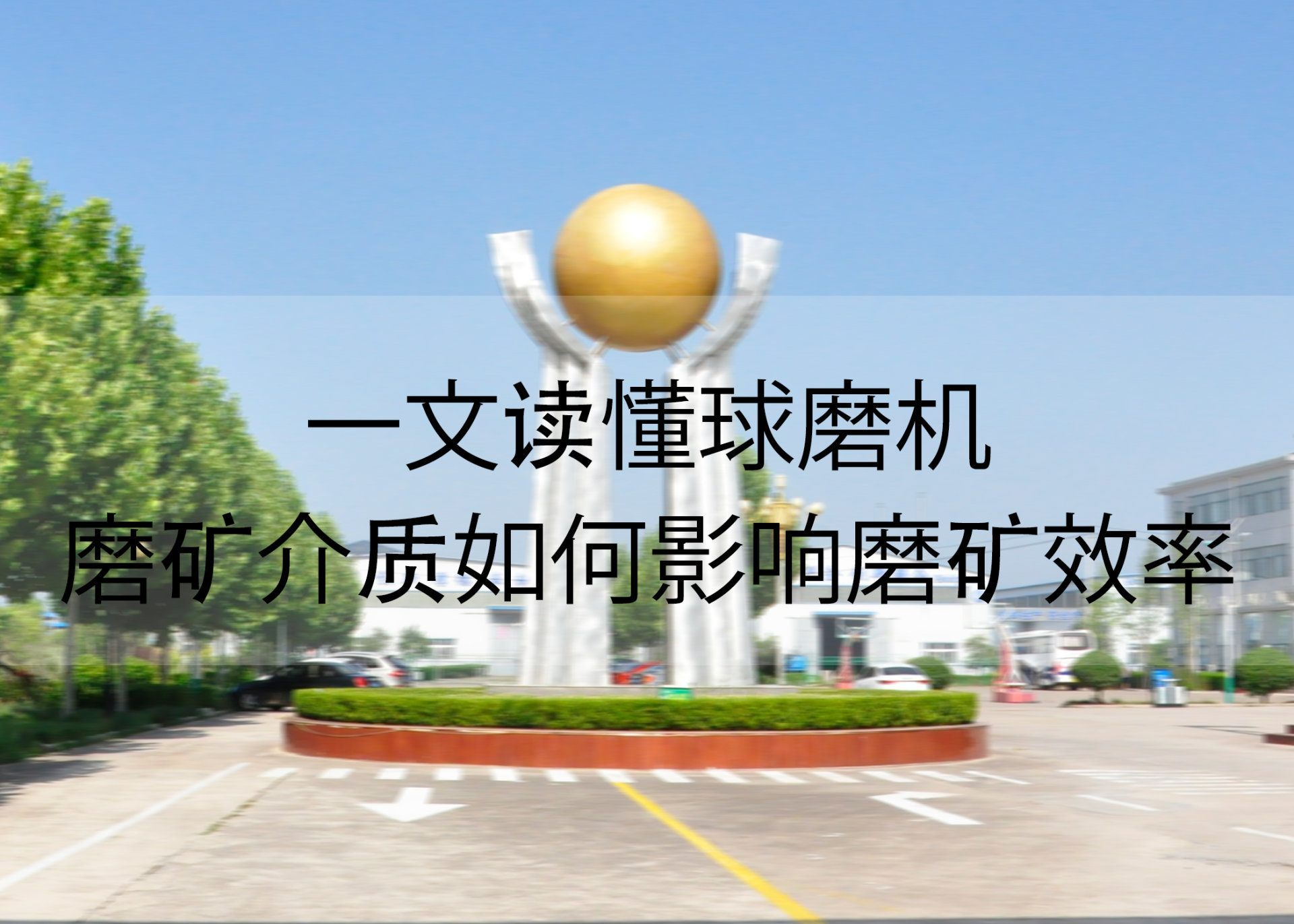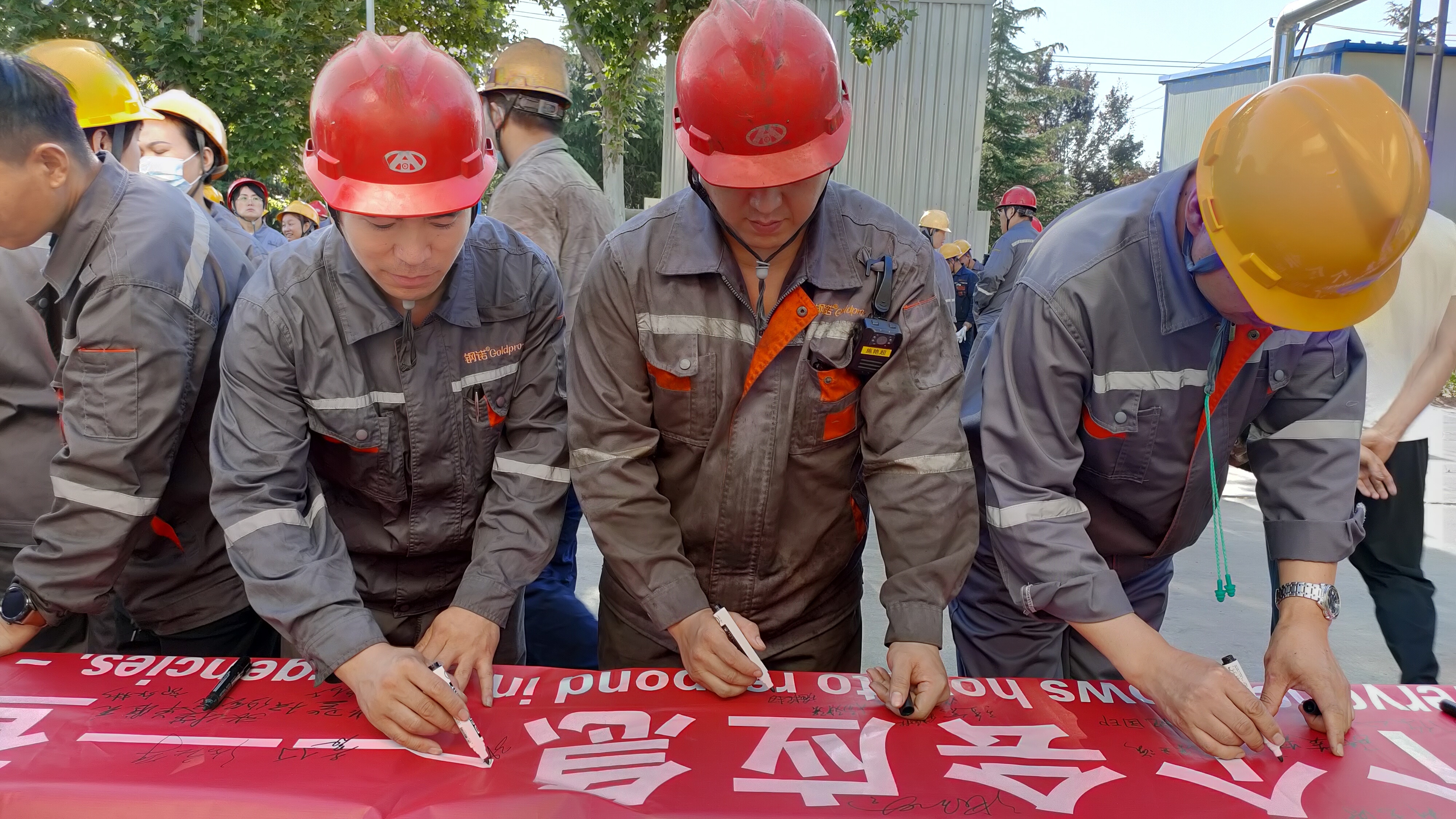Understanding how grinding media in ball mills affects grinding efficiency
Apr 23,2022
In concentrators, grinding is an important factor affecting the economic indicators of the entire production process and the efficiency of subsequent operations. Among many influencing factors, the influence of grinding media on grinding efficiency and product quality is more obvious and easy to adjust which has very important value in production practice. This article will discuss from media filling rate, media material, media size and proportion three aspects the influence of ball mill grinding media on grinding efficiency.
I. Ball Mill Media Filling Rate
The media filling rate of a ball mill refers to the ratio of the volume of media added to the mill to the internal volume of the ball mill, which determines the intensity of the grinding action. More balls mean more impacts, larger grinding area, stronger grinding action, and higher productivity. However, a higher ball mill filling rate is not always better. Excessive filling rate can lead to a cramped internal space and too frequent contact between objects, which reduces impact efficiency. Therefore, an appropriate steel ball filling rate must be chosen to ensure the working efficiency of the mill. ; Generally, the filling rate of a ball mill is between 3 0 %-45%.
The steel ball filling rate of a ball mill is related to and mutually constrained by the ball mill's rotation speed. Under different filling rates, the rotation speed at which steel balls transition from cascading to cataracting is different. In production practice, experiments should be conducted to find the filling rate corresponding to the ideal productivity, and the larger the diameter of the ball mill, the lower the steel ball filling rate so large ball mills should reduce the media filling rate accordingly.
-
Ball Mill Media Material
Ball mill grinding media consume a large amount, so improving wear resistance and extending media life have important economic significance, and the material of grinding media directly affects the grinding effect and economic benefits. 。
Currently, grinding media materials are mainly metallic, including steel media, alloy steel media, cast iron media etc. Further subdivisions include low-chrome cast balls (containing 0.5-2.5% chromium, 1.8%-3.2% carbon), medium-chrome cast balls (containing 3%-7% chromium, 1.8%-3.2% carbon), high-chrome cast balls (containing over 10% chromium, 1.8%-3.2% carbon), forged balls, hot-rolled steel balls, etc.
Generally, the hardness, impact value, and breakage rate of cast steel balls are related to their metallographic structure, i.e., compositions with the same chemical properties, crystal structure, and physical properties in the metal organization. The wear resistance of cast steel balls is related to their chromium content, generally, the higher the chromium content, the better the wear resistance. Forged steel balls have greater impact toughness, low breakage rate, and are not easily deformed. Hot-rolled steel balls have precise dimensions, round geometric shapes, high hardness, good mechanical properties, and are wear-resistant, not easily deformed or cracked. Typically, cast balls are suitable for dry grinding, while forged balls are suitable for wet grinding. Forged balls are widely used ball mill grinding media internationally, and hot-rolled steel balls are gradually replacing cast balls to become high-quality grinding balls. The selection of material mainly depends on a comprehensive decision based on the material to be processed and the economic conditions of the enterprise.
03 Ball Mill Media Size and Proportion
Ore is crushed in a ball mill mainly by the impact crushing force generated when steel balls fall and the relative abrasion of steel balls on the ore. The impact crushing force, grinding capacity, and processing volume are all related to the size of the steel balls. Under the same quantity, the size of the steel ball is directly proportional to the impact crushing force generated by its fall, grinding capacity, and processing volume, and within a certain range, it is inversely proportional to the specific consumption of steel balls and grinding fineness. If steel balls are too large, the desired grinding fineness may not be achieved.
Therefore, when the feed ore has high hardness, large particle size, and a coarse target grinding fineness, appropriately increasing the size of the steel balls can significantly improve production, save energy, and reduce consumption. In production practice, the grinding media used in ball mills are often not of the same size, but a combination of various sizes, so the ball mill media proportion is very important. Currently, there are several methods for calculating the ball mill media proportion:
-
1. Determine the media proportion by making the percentage of the total mass of the ball charge occupied by each size of steel ball equal to the yield of the corresponding particle size in the feed ore, according to the feed ore particle size composition.
2. Calculate the proportion by making the mass percentage of each size of steel ball in the ball charge equal.
3. Calculate the media proportion by making the percentage of the total mass of the ball charge occupied by each size of steel ball directly proportional to the steel ball diameter.
4. Calculate the media proportion by making the total surface area of each size of steel ball equal.
5. Calculate the proportion by making the percentage of the total mass of the ball charge occupied by each size of steel ball directly proportional to the surface area of a single ball.
6. Directly calculate the proportion by making the number of each size of steel ball equal.
Generally, the proportion can be determined by matching single-size ball media mixtures according to each narrow class of feed particle size, which results in high grinding efficiency; if there are fewer coarse-grained minerals in the feed, longer grinding time, and higher pulp viscosity, the proportion can be calculated by density, appropriately increasing the proportion of large-sized media to improve grinding efficiency.
The above are three factors of grinding media that affect the grinding effect of ball mills. Since grinding is a relatively complex process with numerous influencing factors, grinding media is only one aspect, in actual production, grinding tests should be carried out first, and various factors should be considered comprehensively to obtain ideal grinding effects and economic indicators.
Source: Xinhai Mining








